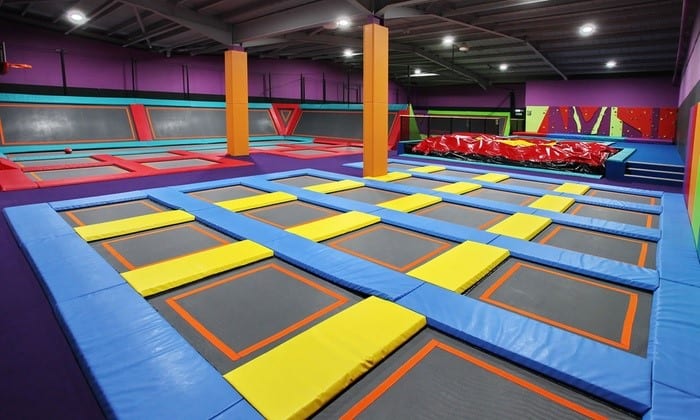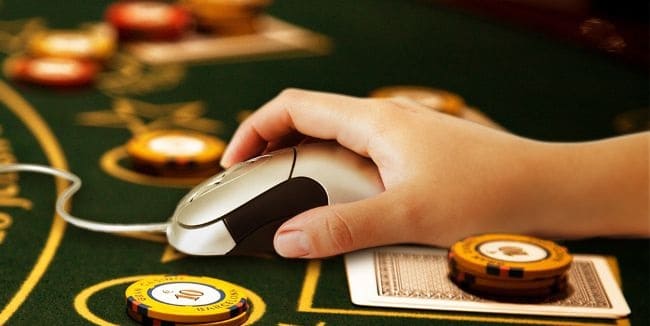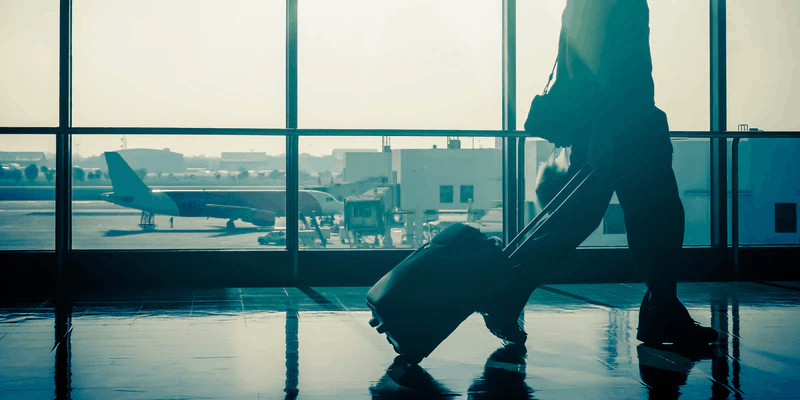On February 9, 2010, a campaign called the “Let’s Move” program was signed into effect by Michelle Obama, former First Lady of the United States. It’s goal is to help kids lead a more active lifestyle, as well as decrease childhood obesity to 5% by 2030. The plan focused on five core goals: a healthy starting point for kids, encouraging adults to join in, healthier food options in schools, more access to healthy foods, and increasing physical activity. I will be focusing on the last point by discussing several options to get children (and adults) outside, as well as some of the social, mental, and physical benefits of each subject. First off: bike riding.
Bike riding is the most cardio-oriented exercise on this list. Aside from the obvious health benefits (such as weight loss and an increase in cardiovascular abilities), technology has made it so one can track their distance, plot a course, and show how many calories have been burned based on one’s travel time and distance.
In addition, bike riding has massive social benefits for both kids and adults. It not only saves on transportation costs, but allows kids to ride together and further strengthen bonds of friendship.
But what if you don’t like riding a bike, nor have access to one? Well, a cheaper alternative that still has wonderful benefits is roller skating. With roller skating, there are many controlled facilities where kids can skate freely and parents have the knowledge that they are in a safe space, free from random factors such as traffic and other major potential incidents.
It also has fantastic health benefits, as skating using inline skates will work out, on average, 75% of your body’s major muscles. Despite how more muscles are being worked than bike riding, one is four times less likely to injure oneself skating than bike riding.
Roller skating, although effective, is really only seen as “cool” to a much younger group of kids. If one is roller skating to high school, there’s a strong chance that kids will probably tease them for performing such an “un-cool” act. There is an alternative: skateboarding.
Skateboarding has a certain stigma surrounding it that almost automatically raises one’s “cool factor” up 100%. It allows kids to find an identity with other skaters and help them develop a strong social circle with individuals who have a similar passion.
Trading stories about new scars and almost successful tricks brings a bond of friendship stronger than the potentially broken bones sure to follow. Skateboarding also builds dedication and commitment, which are two very important, and practically invaluable, life skills to learn at a young age.
Repeating a trick over and over again until one gets it right, then continuing to practice said trick until it is perfect shows care and dedication to a craft. In addition, getting into the sport just requires a longboard and a few pads and your good to go!
With childhood obesity and a general lack of peer-to-peer communication, it is becoming more and more important to show kids then importance and merit of interacting with their peers away from a screen and outside of a house.
I’ve mentioned only a few examples, but there are so many more ways to get a child outside and playing. In the winter you can get them hockey gear so they can get out on the ice, and after-school activities like soccer, martial arts, basketball, and even marching band (have you tried standing still on a football field for four hours learning music and positions?) are also all fantastic alternatives to getting a child off the couch and becoming a more active and overall healthier individual.








